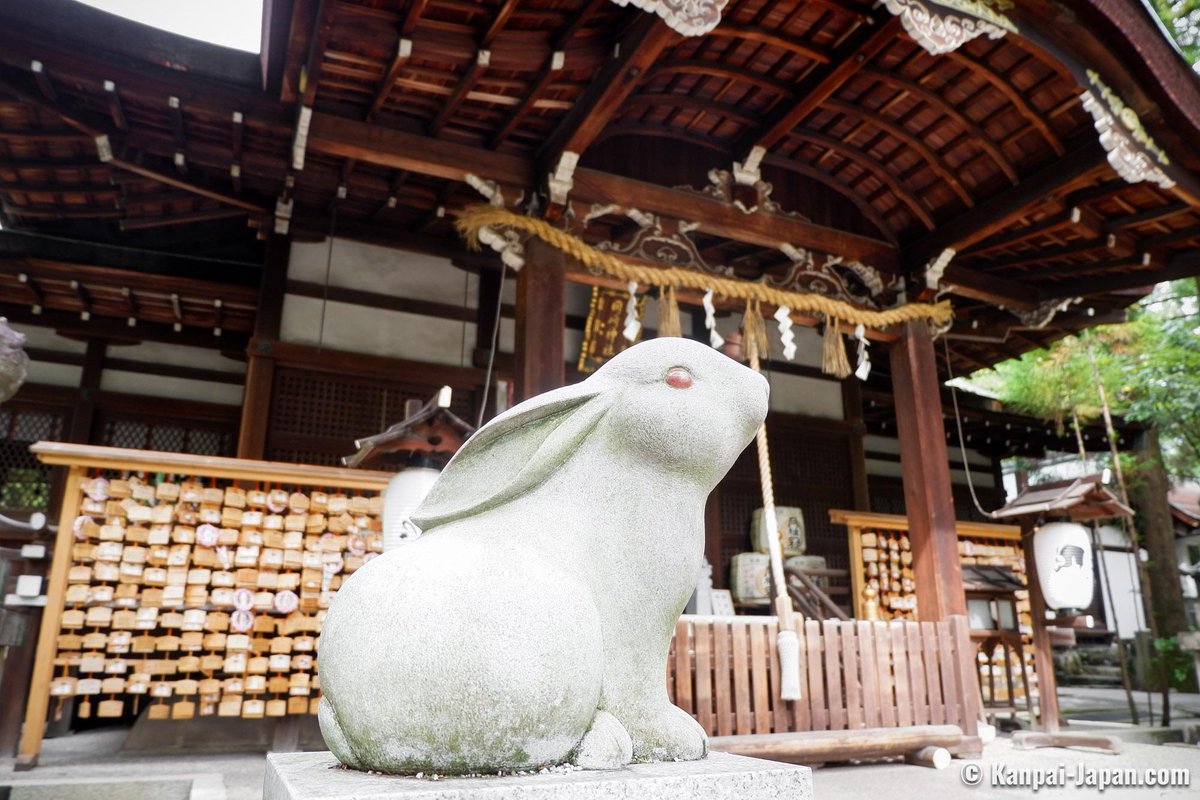For #TolkienTrewsday theme of favorite character: one part that always makes me see Frodo in special way is when he volunteered to carry the Ring to the fire, but followed it with softer, "Though I do not know the way."
#TolkienTuesday #Tolkien 1/10 🧵
🎨: Jenny Dolfen
#TolkienTuesday #Tolkien 1/10 🧵
🎨: Jenny Dolfen

This part is so poignant; when all these great Men, Elves, and Dwarves were debating, and no one answered the question about who will carry the Ring, the only one volunteered was this Hobbit who had been hurt by Morgul blade and wanted nothing but going home. 2/10
The fact that he followed it with a soft "I don't know the way" showed his inner strength. He still couldn't see the magnanimity of the situation. He just knew there would be consequences of not destroying the Ring. He volunteered even before thinking about the details. 3/10
This scene was perfectly illustrated in the movie; when everyone was bickering, Frodo had to repeat his words just so they could hear him. Gandalf looked pained, Frodo looked a little doubtful. But did he retract his words? No. 4/10 

I heard comments of how Frodo didn't look heroic after watching the movies. When LotR was published, Tolkien received criticisms about Frodo, some calling him a failure and traitor. Yet Tolkien knew the heart of Frodo's journey, and wrote tributes for him in his letters. 5/10
Unlike Sam, Frodo's burden was solitary, despite having loved ones. He faced the great Evil and his own shadows. "I tried to save the Shire, and it has been saved, but not for me.”
The Pity he gave to the world, he hardly dared to give to himself. 6/10
The Pity he gave to the world, he hardly dared to give to himself. 6/10

In Letter 192 (1956), regarding the criticisms toward Frodo's "failure", Tolkien described how it is still possible for the good and the saintly to be subjected to great evil, and that Frodo's journey was more realistic than if he ended up as this indomitable hero. 7/10 

Frodo wasn't meant to be this indomitable hero. He voiced his fear. He doubted himself. He wanted to go home. He needed help. But he persisted, kept walking. That makes him special, especially as I grow older and face more things in life that I can't solve with brute force. 8/10
Tolkien acknowledged that strength and bravery doesn't always show as physicality or loud bravado. That everyone faces unique battle, and it can be solitary. Looking at his diary entries, he always knew it. 9/10
https://twitter.com/BlogTolkien/status/1609259661596954625
In the end, Tolkien acknowledged that Frodo did his quest out of love, yet in complete humility, acknowledging that he might be not wholly adequate to the task. Sometimes, we perhaps could acknowledge, just like him, that we could fail, but do we give up? 10/10 

• • •
Missing some Tweet in this thread? You can try to
force a refresh

 Read on Twitter
Read on Twitter
























